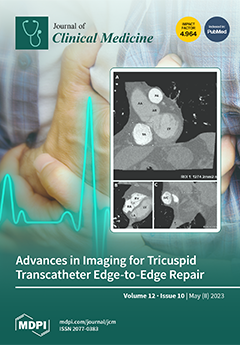Background: Cerebrospinal fluid (CSF) soluble triggering receptor expressed on myeloid cells 2 (s
TREM2) is a potential biomarker and therapy target for neurodegenerative diseases (NDDs). The purpose of this meta-analysis was to investigate the association between CSF s
TREM2 level and NDDs, and to reveal the dynamic changes in CSF s
TREM2 level in Alzheimer’s disease (AD) continuum. Methods: We systematically searched PubMed, Embase, Web of Science, and Cochrane Library databases for observational studies, which compared the levels of CSF s
TREM2 between NDDs and controls. Sources of heterogeneity were analyzed using sensitivity analysis, subgroup analysis and meta-regression. We assessed pooled data using a random-effects model. Results: Twenty-two observational studies which included 5716 participates were identified. Compared with the controls, the whole AD continuum group showed a significant increase in CSF s
TREM2 level (standardized mean difference [SMD]: 0.41, 95% confidence intervals [CI]: 0.24, 0.58,
p < 0.001). The mild cognitive impairment (MCI) group displayed the largest effect size (SMD, 0.49 [95% CI: 0.10, 0.88],
p = 0.014), followed by the AD cohort (SMD, 0.40 [95% CI: 0.18, 0.63],
p < 0.001). The increase in s
TREM2 in the preclinical stage of AD (pre-AD) group was the lowest (SMD, 0.29 [95% CI: 0.03, 0.55],
p = 0.031). Other NDDs also showed an increase in the CSF s
TREM2 levels compared with control groups (SMD, 0.77 [95% CI: 0.37, 1.16],
p < 0.001). Conclusions: The pooled data confirmed that NDDs are associated with increased CSF s
TREM2 level, thereby suggesting the CSF s
TREM2 as a potential dynamic biomarker and therapy target for NDDs.
Full article






